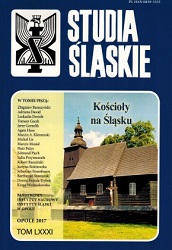
We kindly inform you that, as long as the subject affiliation of our 300.000+ articles is in progress, you might get unsufficient or no results on your third level or second level search. In this case, please broaden your search criteria.

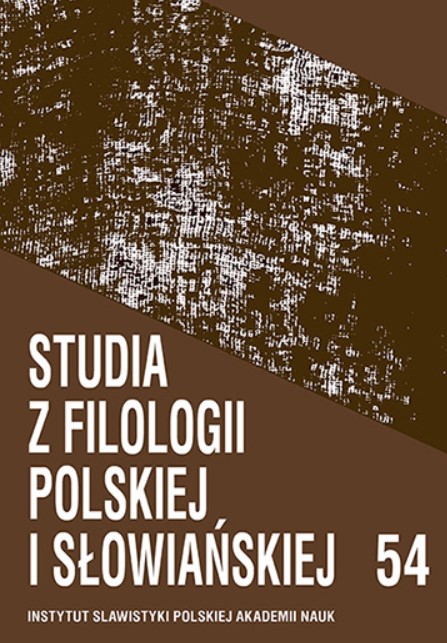
In the modern Polish language, it is difficult to determine in an unambiguous manner the word-formative status of formations which feature the element współ-. Such elements are treated as compounds or, more frequently, as prefixal forms. Historically, these elements, along with the constructions spół-, społu, constituted a class of compounds which were synonymous. The first attestations of the structures which are discussed in this article date back to as early as the Old Polish period (cf. społupomoc, społudziedzic), although their expansion occurred only in the nineteenth century (e.g. współdryblas, współdziałać, współinteresowany). The development of this derivative group is clearly associated with the evolution of adverbs of the type społu, pospołu, wespół, współ, wspołek; it mainly consists in the expansion of the forms which feature współ on the one hand, and in the slow process of disassociation of the relationship in question on the other.
More...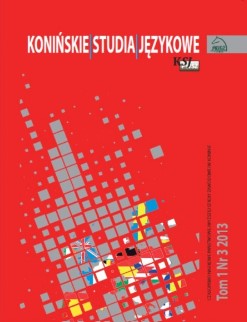
The translation into Polish of entries in Prussian land registers from the beginning of the 20th century is increasingly rare; however, it causes considerable problems for translators. Such entries were made at that time initially by handwritten Neo-Gothic, and then since 1915 introduced by means of the so-called Sütterlin (Sütterlin-Schrift), which was the calligraphic standard in German schools at the time. Therefore, the translator who undertakes the translation of land and mortgage registers must, in addition to the routine process of translating a text from German into Polish, deal with the additional difficulty of decoding stylized handwriting, which is radically different from the current calligraphic standards. Mastering the ability to read texts written in neo-Gothic or Sütterlin becomes, therefore, another skill that a translator should possess in this situation. The paper focuses on insights and tips arising from the author’s experience of the issues related in the translation of handwritten entries in Prussian land registers from the late 19th and early 20th centuries.
More...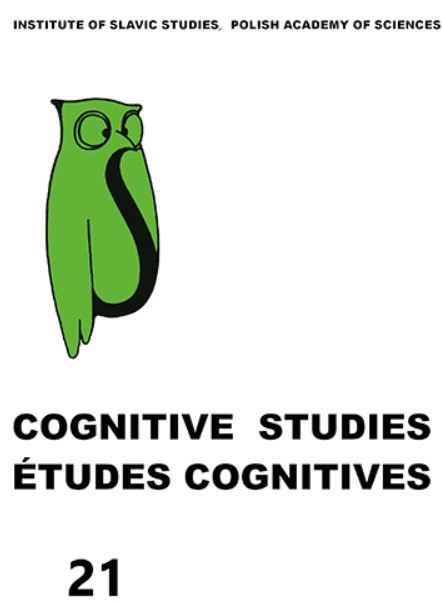
Review of: Danylo Reha - Pavlo Levchuk, “Ukrainian–Russian–Polish trilingualism of Ukrainian people of non-Polish descent” (Kraków: Księgarnia Akademicka, 2020, pages 299); (Levchuk, 2020b).
More...
This article discusses the results of a sociolinguistic survey conducted among speakers of Lower Sorbian in autumn/winter 2020/2021. Lower Sorbian is an endangered Slavic language spoken in Lower Lusatia, a region located in the federal state of Brandenburg in eastern Germany. As is the case with many other minority languages, efforts are currently being undertaken to revitalize it and ensure its survival for future generations. Since home transmission of Lower Sorbian has practically ceased completely, the burden of revitalization is increasingly being carried by so-called new speakers, i.e. speakers who have acquired the language, usually via institutional education and often as adults. The online survey, available both in Lower Sorbian and German, consisted of 30 questions divided into four sections: General information, Language use/linguistic practices, Lower Sorbian identity and community, and Opinions and attitudes. Its goal was to gather general information on the Lower Sorbian speaker community and on how it operates. Although the survey did not target new speakers specifically, it was expected to be completed mostly by this speaker group. It was designed to provide an overall picture of new speaker profiles, to be explored in depth later in the project during individual sociolinguistic interviews and focus group discussions. The questionnaire was distributed via familiar speaker networks and completed by 78 respondents (43 in German and 35 in Lower Sorbian). As the number of Lower Sorbian speakers is not known, the results of the survey cannot be considered representative. They do, however, provide important and interesting information about a group of speakers who are mostly of working age, well-educated and living predominantly in Cottbus or the surrounding area. They make an effort to speak the endangered language in professional and social/cultural contexts, they are aware of its precarious situation and they care about its survival. Most of our respondents have learned the language — or are still learning it — via institutional education, which makes them new speakers. Through multiple diagrams that represent the survey results in an easy-to-follow way, complemented by examples of respondents’ comments to the questionnaire, the article paints a general picture of these speakers, their motivations, language practices and future hopes and aspirations.
More...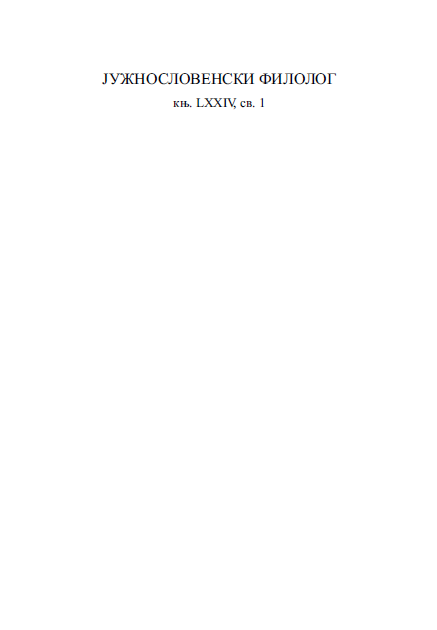

Mednarodna založba Oddelka za slovanske jezike in književnosti, Filozofska fakulteta, Univerza v Mariboru, 2015. – 645 str.
More...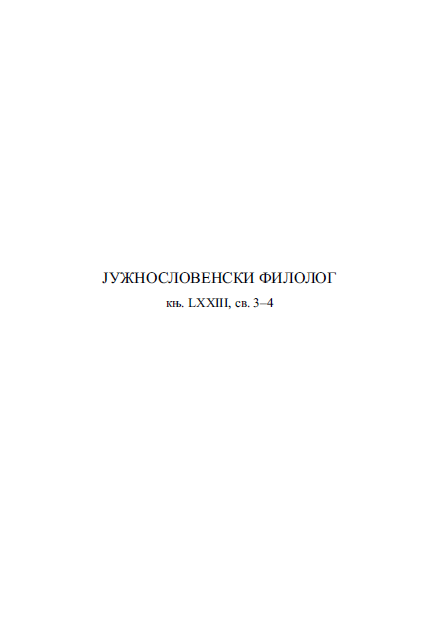

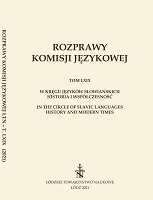
The description and analysis focus on the formulae referring to gesticulations, or expressive bodily movements, i.e. the linguistic equivalents of certain polite gestures and behaviours, in 18th-century epistolography. The scope of research has been narrowed down to the gesticulation-related formulae present in the closing part of a letter. The sample material consists of 305 handwritten letters, which have not been published or analysed in this context until now. They were written by several dozen authors, members of the nobility and magnates. The material collected for this paper includes certain typical 18th-century formulaic structures, such as upadać do nóg [ to throw oneself at another’s feet ], ściskać nogi [ to hug another’s legs ] or kłaniać uniżenie [ to bow humbly ] as well as less common phrases e.g. brać śmiałość upaść do nóg [ to dare to throw oneself at another’s feet ]. The manner in which the described formulae were used was determined by specific textual, social and chronological circumstances. The formal shape of a formula depended on its location within the letter structure, i.e. if the formula was a part of the set of the closing formulae or a separate postscript with greetings (some formulae occurred only in postscripts e.g. kłaniać uniżenie [ to bow humbly ]). The linguistic shape of a formula was also influenced by the social component e.g. formulae in letters to the king were more ornamental. Some structures gained a much broader scope of application across the 18th century, which was related to the weakening of its elitist character.
More...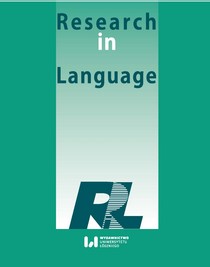
In my investigation, I worked with 6 persons with diagnosed aphasia. I introduce some possible perspectives on the exploration of the extent of speech damage in persons with aphasia and the various ways in which they substitute for language deficiency with the aid of gestures. From the viewpoint of data processing methods, on the one hand, I explore the parameters of spoken language, such as the quantity of words, and, on the other hand, the parameters of gestures, such as the quantity of gestures, diversity of gestures, etc. In aphasic persons speaking Czech, I verify the following assumption established by Jakob et al. (2011): the more speech-limited an aphasic person is, the more gestures he/she produces during the interpretation of a story. It was found that the number of words produced by aphasic persons varies, partially dependent on the specific type of aphasia. This is particularly true on both ends of the scale – people with large speech distortion use the highest quantity of gestures, people with low speech distortion use gestures to a lesser extent. Within the classification of semantic gestures, I focus particularly on iconic and deictic gestures. In addition, I presume that symbolic gestures (i.e. emblems) do not occur in aphasic persons’ speech, because aphasic persons prefer gestures that display the plot in the most concrete way. My data correlate with other studies dealing with this topic – aphasic persons do use gestures intentionally to substitute for their verbal deficiency. At the same time, they mostly use very concrete (iconic) gestures, which enable them to transmit a large volume of information.
More...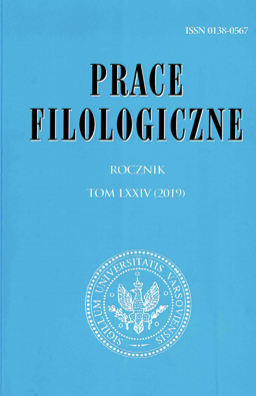
The aim of the article is to present and describe the map L 1443 “Neck, part of the (human) body connecting head and torso” included in the Slavic Linguistic Atlas (SLA). Lexical and Word-formational Series. Volume 9. Man [The human body]. One important problem that occurs across a vast portion of the Slavic dialects’ area is the issue of precise naming, and registering via fieldwork, of items referring to the ‘neck as a whole’, the back of the neck (the ‘nape’), its anterior soft part, and the ‘throat’. The article is an attempt at associating the words noted in these areas with dictionary content (of both dialect and general dictionaries). In the presentation of the material, reconstructed and normalized forms are indicated (given their approximate location) across given areas, rather than via analysis of primary fieldwork entries.
More...
The paper discusses the phenomenon of lexical borrowing of German words into Polish mediated by Russian during the time of the Partitions of Poland from the end of the 18th century to the First World War. It is based on material from an ongoing research project devoted to the question of which path parallel Germanisms took into Polish on the one hand, and into the East Slavic languages on the other, from the late Middle Ages to mid-20th century: the direct path from German or one mediated by one or more of the corresponding other Slavic languages. It is pointed out that about one fiftth of the more than one thousand Germanisms that occurred for the first time in Polish written texts during this time period are accounted for earlier in Russian texts. Though definitely not all of the Germanisms in this set have been mediated by Russian, on the basis of the discussion of seven sample borrowings from the study it is shown that the mediation of lexical material from German via Russian into Polish may be con-siderably more extensive than has been described so far. Furthermore, it is illustrated that the question of mediation may in principle be addressed by four answers: directly from German, mediated from Russian, unclear, and both, i.e. directly from German and mediated by Russian. In the latter case, especially some of several expression variants in Polish reveal a clear affinity with German „originals”, and others with Russian adaptations. In many cases, of course, any answer for an individual Germanism may only be given in terms of the degree of probability.
More...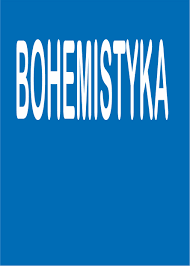
This paper deals with achievements, limitations and pitfalls of developing the Online Czech Proofreader Tool (OCPT). The Tool has been developed in cooperation with the Department of Czech language of the Faculty of Arts of Masaryk University, the Institute of Theoretical and Computational Linguistics of the Faculty of Arts of Charles University, the Czech Language Institute of the Czech Academy of Sciences and Seznam.cz since 2019. The article describes the linguistic data used and tools and modules that constitute the OCPT and indicates the limitations of using an online web-based proofreader tool, especially in areas where mere application of formal rules for language error detection is not sufficient. The article also brings up the drawbacks of developing the OCPT which include occurrence of false-positives.
More...
The study contributes to a closer understanding of one of the ways of enriching lexicon-the formation of words by composition. It emphasizes the fact that composition and compounds (especially selected types) are of great importance in the vocabulary of Slavic languages and they - in comparison to derivation and synthetic derivatives - have strengthened their position in various types of discourse in recent decades. The study points out the heterogeneity of names of the analysed types of compounds and at the same time it presents the theoretical basis applied to compounds and components of their word-forming structure. In the study, nine components with somatic meaning and initial position are compiled as separate entries. The processing of entries is based on extensive research of lexical material in neological sources, national corpora and lexicographic works of three languages - Slovak, Polish and Czech. Entries are also the basis for a multi-perspective description of somatic components (especially in terms of meaning, polysemy, origin and variability), as well as illustrative lexical material (especially in terms of composite and neological character, orthographic variability, affiliation with communication registers).
More...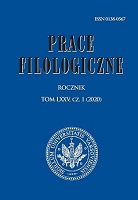
The article deals with valency properties of particles in common spoken Czech. It is based on the material from the Prague Spoken Corpus (PSC), the first Czech spoken corpus. After a brief introduction of the input corpus material and the main results of the survey, it focuses on the description of the valency of particles, i.e. their ability to bind to other words in a sentence, or to a sentence as a whole, which is closely related to their place in the sentence order. Further focus is on the accumulation of particles within a sentence: from the syntactic point of view, it may be mainly textual, capturing only randomly repeating textual combinations of two or more particles next to each other, or systemic, which results in multiword particles. However, both kinds of processes point to combinatorial possibilities of particles. Finally, the immediate surroundings of all particles that occur in PSC is presented.
More...
In this paper, we address the problem of the argument/adjunct distinction in relation to some recent proposals, in which the distinction is rejected as too subjective to be the object of linguistic description, rather superfluous and not supported by reliable criteria. We show how the argument/adjunct distinction is treated by the Moscow semantic school: it is relevant for linguistic description in many respects, particularly because valency filling is the major mechanism of merging the meanings of the words into the meaning of the whole sentence.
More...
The article is devoted to the valency structure of verbs with the segment jako ‘as’, belonging to their expression plane and introducing a nominal phrase, e.g. x potraktował y jako z ‘x treated y as z’, x skończyłjako y ‘x ended up as y’. The author presents a large (though incomplete) list of predicates of this kind. She considers the possibility of distinguishing them from the uses in which jako has the status of a semantically independent word, and the jako-phrase accompanies a given verb as a modifier of its predicate-argument structure, e.g. N przemówił jako przewodniczący zebrania ‘N. spoke as the chairman of the meeting’. The focus of reflection in the article is also on a semantic role of the nominal phrase introduced by jako as an inalienable part of a verb.
More...
The paper presents a syntactic analysis of the Polish verb zapracować (‘to earn’). The point of departure is the observation that descriptions of verbal valency are often limited to formal analyses. Contrary to that, the author focuses on the semantic features of verbs, equally important in her opinion, and following this strategy, she confronts the valency structure of the lexemes zapracować and pracować. She proposes three syntactic positions for the verb zapracować, and presents semantic characteristics of the arguments filling these positions.
More...
The article deals with noun valency and its processing in the Contemporary Dictionary of Slovak Language (2006, 2011, 2015). Based on the data from the prepared fourth volume, it presents the rules and lexicographic conventions of processing noun valency within the grammatical apparatus of nominal units. It also describes lexicalization processes yielding deverbal nouns, which are no more treated as grammatical forms within the verbal paradigm, but represent separate lexicographic units processed in the dictionary as independent heads. The indicators of these lexicalization processes are presented too, including specific types of valency modifications that the nouns undergo, as compared with valency frames of their motivating units. In the final part of the study the most frequent valency complementations of nouns are described, on the basis of dictionary data and source corpus Omnia Slovaca III Maior.
More...